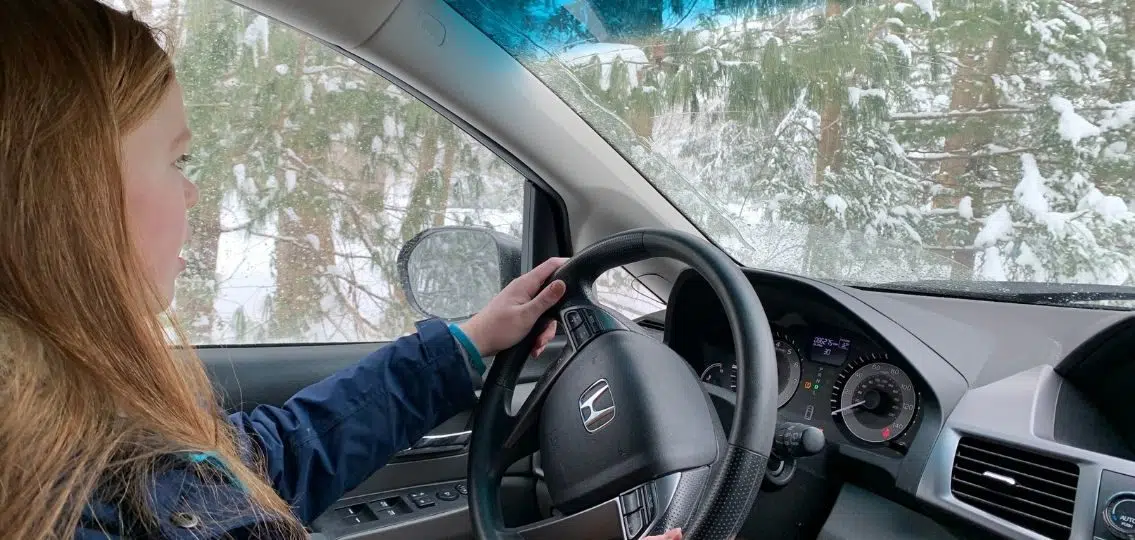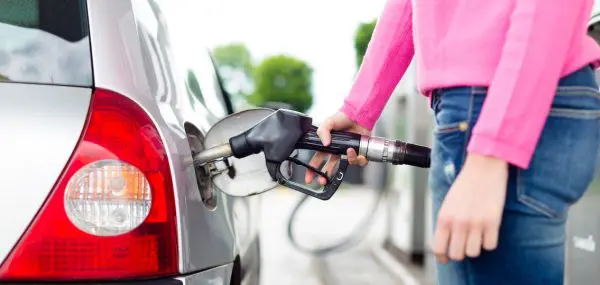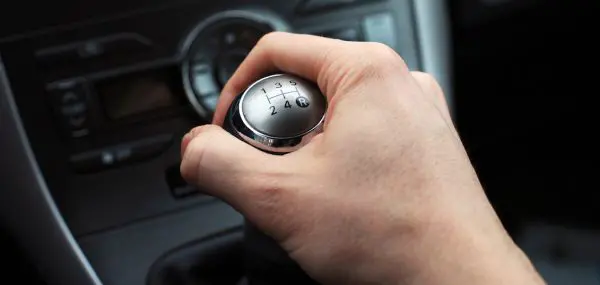Winter arrived with a bang in much of the U.S. last week, causing parents of teen drivers everywhere to develop a sudden onset of “white knuckle syndrome.” We worry they won’t remember to leave extra space between them and the car in front of them. Or how to steer into the skid. Or they won’t know what to do if they get stuck in hazardous conditions and they’re on their own.
Even though my daughter is not a brand-new driver, I found I was not immune to this worry. As she was packing her bags for a ski trip with friends, excited to finally have some real snow to play in, I was busy packing her trunk with all the items I suddenly realized were missing. Extra blankets? Check. Snow shovel? Check. Jumper cables? Where the heck are those, anyway?
While your teen may have learned these winter driving tips in driver’s ed, this may be the first time they’re putting those theories into practice. Here are a couple of good reminders to share with your teen before they head out into the snow:
Simple Winter Driving Safety Tips for Teens
- Leave extra time to get where you’re going. Everything takes longer when you drive through snowy or icy conditions, so don’t be in a hurry. Better to arrive a bit late but all in one piece.
- Check the windshield washer fluid before you go. The salt on the roadways is great for clearing the roads but makes it hard to see out the front window.
- Make sure you have a full tank of gas, even if you’re not going far. If you get stranded, you may need to run the engine intermittently to keep warm.
- Pack extra water, snacks, and toilet paper. If you get stuck for longer than an hour, you’ll be very happy to have these supplies!
- Know who to call for roadside assistance. This is good advice for any weather but might not have occurred to you until now. Make sure your teen has the card or number to call if they need a tow or any other help while out on the road.
- Turn on location services. Even if you don’t normally track your teenager, now’s the time to make an exception. Ask them to share their phone location with you so you won’t have to call to check on their progress, allowing them to concentrate on the road.
Last but not least, make sure they have the following emergency items in whatever car they’ll be driving, and explain how and why they might need to use them (as inspired by this article):
10 Items for the Car that Can Save Your Life
- Portable phone charger – in case the car battery dies, you’ll still have a way to power your phone.
- Snow brush – make sure you have one with a good scraper in case of icy buildup on the windows.
- Snow shovel – in case you get stuck in a snow drift and have to shovel the tires out.
- Snow boots – in case you need to get out to shovel your way out of a snowbank.
- Kitty litter – to help provide traction under the car wheel if it’s icy.
- Thermal blanket – to snuggle under while you wait for roadside assistance. It’s not safe to run the car for long periods of time due to carbon monoxide poisoning. Plus you’ll run out of gas. So it’s important to have a way to stay warm when you turn off the engine.
- Flashlight and extra batteries – Save the car battery and use a flashlight so you can see if you’re stuck at night.
- Jumper cables – Even if they don’t know how to use them, a fellow motorist may be able to help if roadside assistance is not available.
- Reflective triangles – Set these up behind your car if you’re pulled off on the shoulder waiting for help.
- First aid kit – this is one they should have regardless of the weather.
You may never fully relax when your kid is out driving in winter weather—no matter what age they are—but knowing they’re prepared to handle emergencies will go a long way toward easing your parental anxiety.




